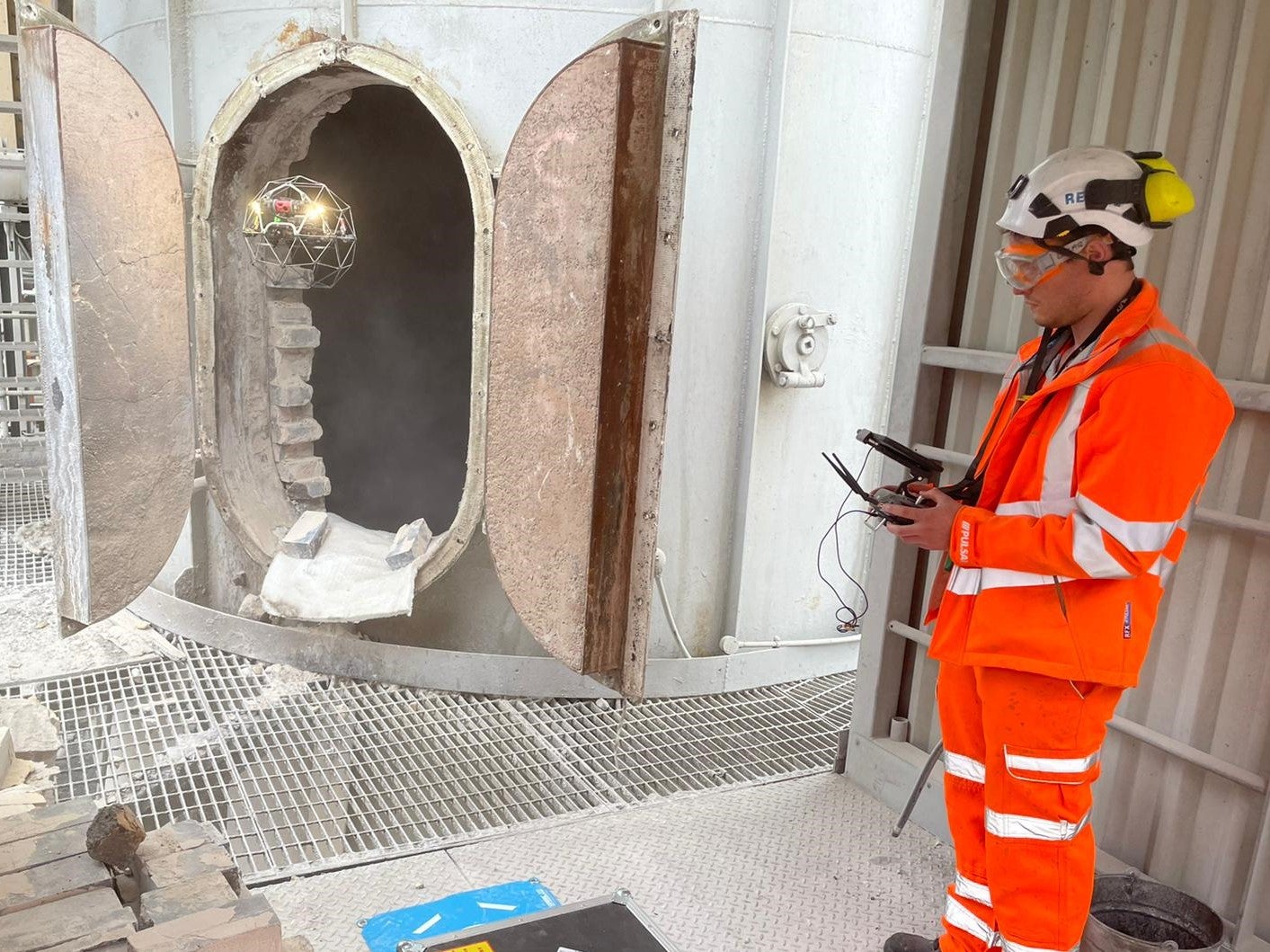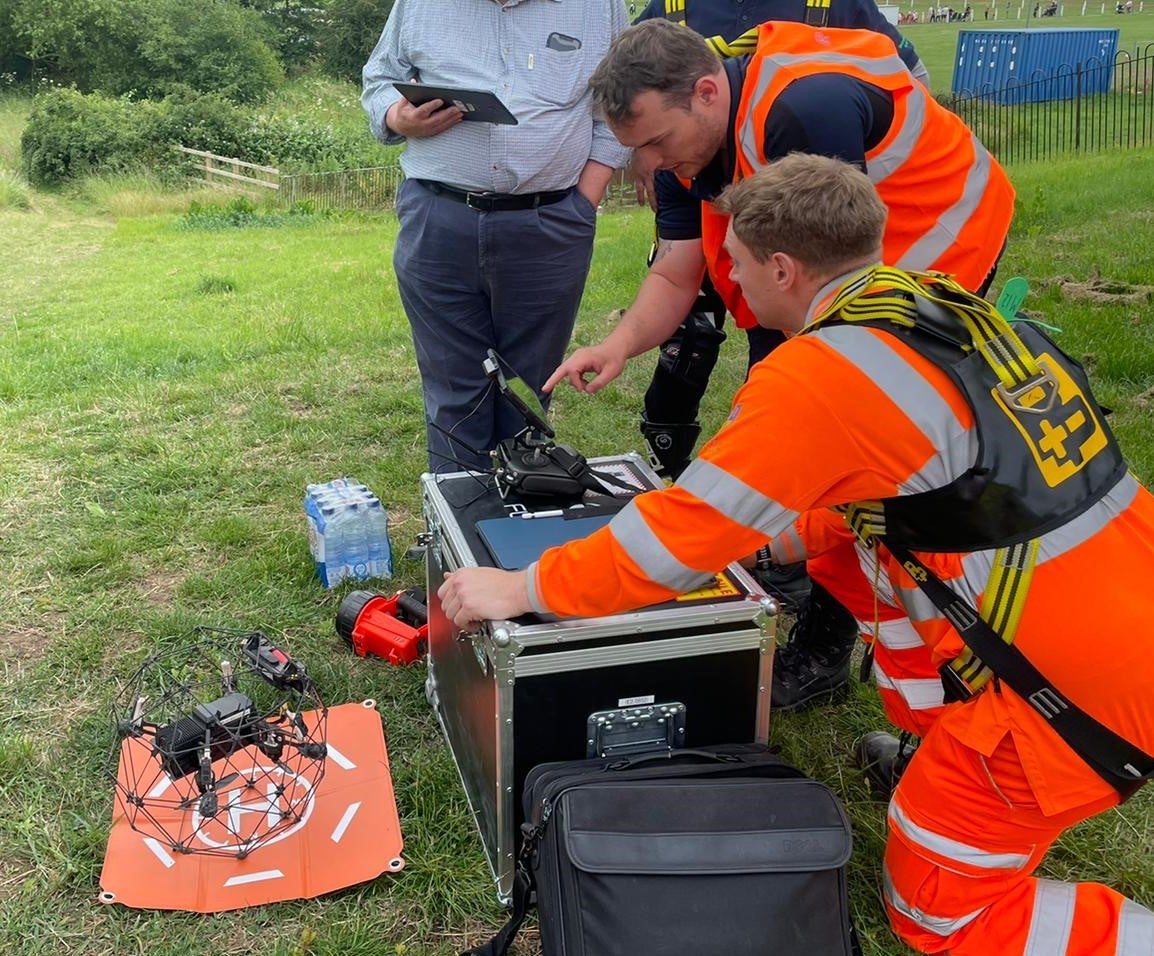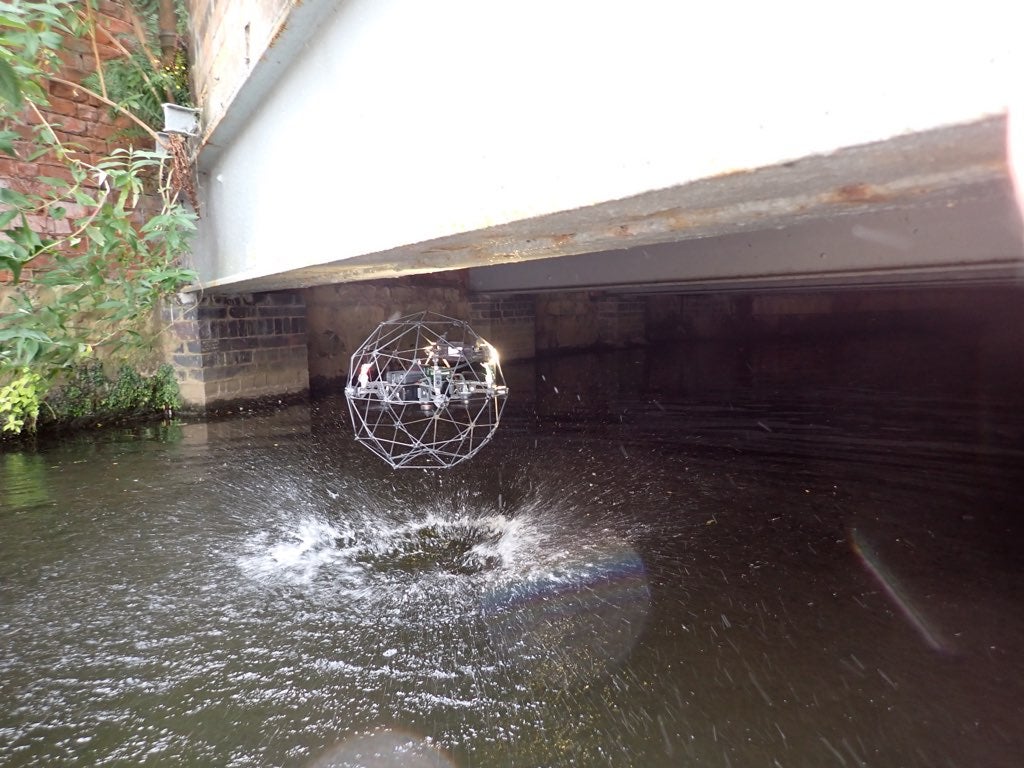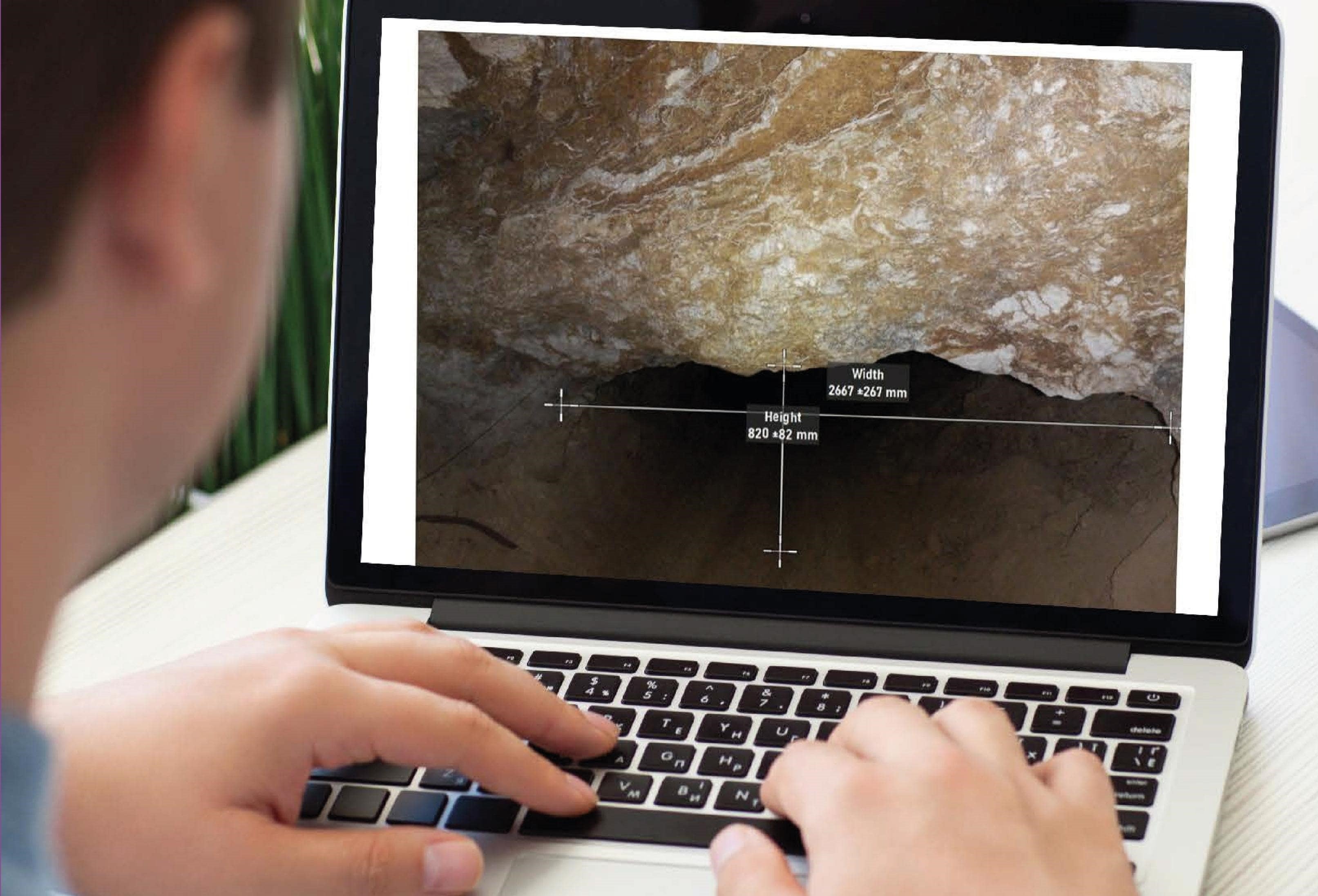Meet our Drone Pilot
Meet our drone pilot Liam Spencer. Liam works as a trainer and rescue operative at our Mansfield centre and has been with the company since 2019.
Liam has a natural interest in technology and so when confined space drones were being introduced into the company, he was keen to extend his skills and qualifications. He trained as one of our specialist drones pilots, completing all his pilot license training including the GVC qualification – giving him operational authorisation from the CAA to fly drones in built-up areas safely and legally.
Liam often visits customer’s sites providing confined space assessment and categorisation, and helps customers identify risks and ways to manage them. Using internal confined space drones is one-way risks can be mitigated and so becoming a drone pilot was a natural fit with the work Liam does daily.
During the training and assessment, Liam built up a portfolio of flying hours and was soon completing his first job using our confined space drone for our customer, the Environment Agency.

Preparation
When a customer enquiries about our confined space drone, Liam will initially speak with them to understand what they want to achieve from the project and the flight. For many this might just be avoiding people entering the space, but often it also includes inspecting for any damage or other defects.
During this initial conversation, Liam will also get a better understanding of the distance the drone needs to travel so we can ensure we can facilitate it – it may require us to split the flights into several stages to accommodate the full distance, as the battery power is 10 minutes.
In addition, Liam will prepare a comprehensive risk assessment for the task being undertaken and share this with the customer ahead of any flight.

Equipment
Liam always checks the drone is operating correctly and the software installed is up to date. He also always takes with him his laptop with the Inspector 3 software installed on it so he can upload all the footage from the flights whilst on site with the customer and they can access it there and then if required.
On the day of the flight
After meeting with the client on site, Liam conducts a full inspection and walk of the area to find the safest place to take off from. He also puts up signage to ensure everyone knows that a live drone is flying in the area.
The flight
Typically, there are several flights conducted on the day.
The first flight is a complete fly-through the whole area and the customer is given a tablet device so they can watch that flight in real time and speak with the pilot during it.
Then, from what the client has seen on that first flight, they can identify areas to be re-inspected and each then becomes a separate flight.
For each one, Liam focusses on the specific area identified by the customer, looking at it from different angles, lighting, taking measurements and any other information that the customer requires. Whilst the drone is flying it scans the whole environment and records the data.
Once all areas have been looked at and the customer is happy with everything, Liam does one final overview flight.

Back at base
Once all flights have been completed, Liam returns to his base and uploads all the data to the laptop. He then maps all the points that were scanned during the flights into a 3D image and produces a full report for the customer. This report includes:
- Pre-flight information
- All flights:
- Timings
- Grid references (to determine the length of the confined space)
- Any defects found
- Using a grading system agreed with by the customer prior to the flight, so they can determine how issues are graded in line with their own priorities
- All footage from the flights

Further work
Once a drone flight has been conducted, there may still be the need to send people into the confined space. The drone can help by:
- Establishing best and safest route into the area – so everyone knows how to approach the work needed
- A safer understanding of what is required
And Liam and other team members may be deployed to provide rescue cover support whilst workers are operating in the confined space.



